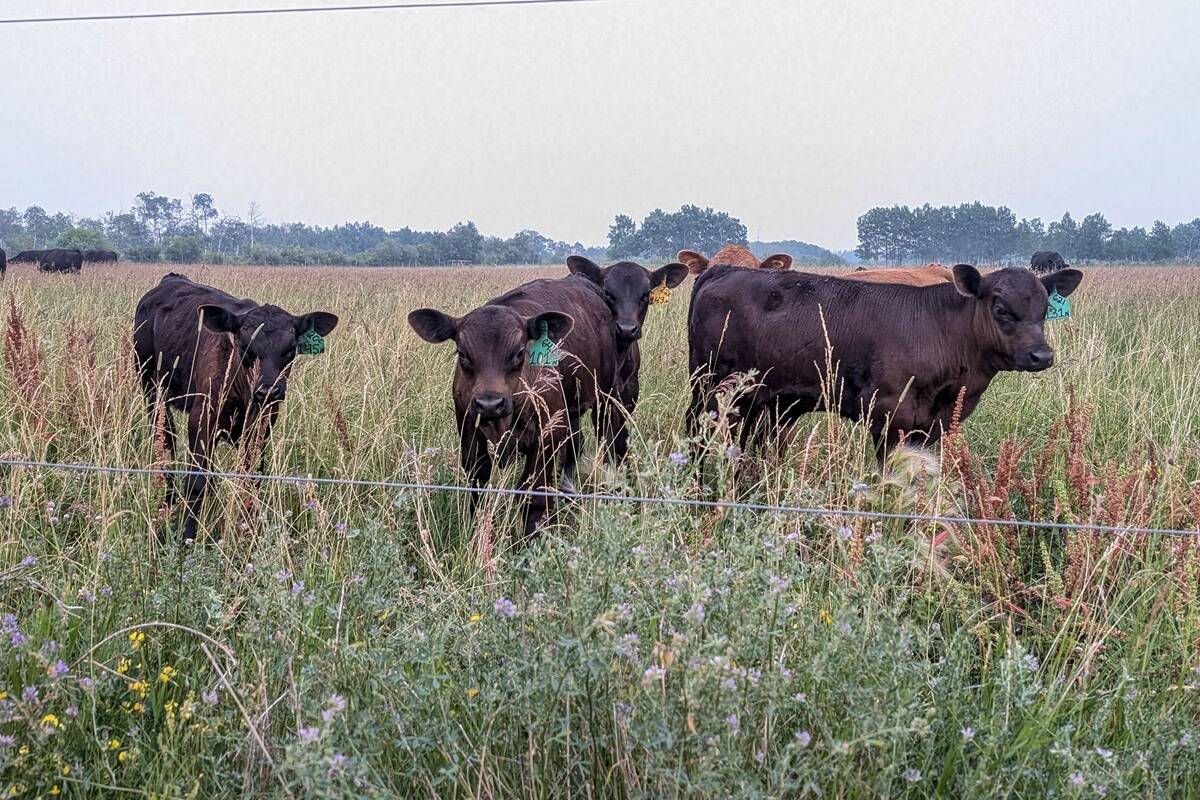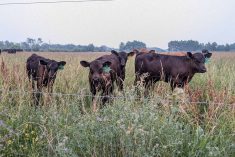Cash feeder prices in Western Canada were $1 to $3 higher last week. Demand was steady for 6- to 7-weight cattle but buying interest picked up for feeders in the 8-weight and heavier category.
Export movement has slowed with weekly numbers under 5,000 head per week; however, U.S. order buyers were showing interest for the higher quality yearlings as U.S. supplies tighten. Western Canadian feedlot conditions are poor to very poor, making it difficult to bring in replacement cattle.
Grass cattle demand remains strong, with many farmers looking for alternative sources of income this year. Analysts at the Canadian Wheat Board suggested that eight to 12 million acres in Western Canada may go unseeded.
Read Also

‘Not a happy Trump supporter’: U.S. Cattle ranchers hit by push for lower beef prices
Much like the price of eggs during the Biden administration, the cost of beef has become an emblem of the affordability crisis in Donald Trump’s America. Beef prices hit record highs earlier this year as the cattle herd shrank and consumer demand remained strong.
It is getting late but weather forecasts call for normal precipitation and warmer temperatures during the last half of June. There is potential for some of this land to go into oats or barley for greenfeed or silage.
We may see a new crowd or meet old friends at the auction rings this fall. Many of these farmers haven’t owned cattle for years but lower world cereal prices and abundant feed supplies are starting to make cattle look like a viable option.
The feeder market appears to be divorcing itself from lower fed cattle prices, which were down $2 to $3 last week. Margins during the fall period are expected to be more favourable due to lower beef production.
Hopefully by October, the equity markets have digested the European debt crisis. Higher stock market values are very important for sustaining consumer confidence and beef demand in general. Canadian and U.S. feedlot operators don’t want to be caught with no cattle to sell in the fourth quarter and this is keeping the nearby feeder market rather strong.
— Jerry Klassen is a commodity market analyst in Winnipeg and maintains an interest in the family feedlot in southern Alberta. He writes an in-depth biweekly commentary, Canadian Feedlot and Cattle Market Analysis, for feedlot operators in Canada. He can be reached by email at [email protected] or 204-287-8268 for questions or comments.
The material contained herein is for information purposes only and is not to be construed as an offer for the sale or purchase of securities, options and/or futures or futures options contracts. While the information in this publication cannot be guaranteed, it was obtained from sources believed to be reliable. The risk of loss in futures trading can be substantial. The article is an opinion only and may not be accurate about market direction in the future. Do not use this information to make buying or selling decision because adverse consequences may occur. This information may be wrong and may not be correct about current market conditions in all areas of Canada. This is an opinion only and not based on verified facts.















